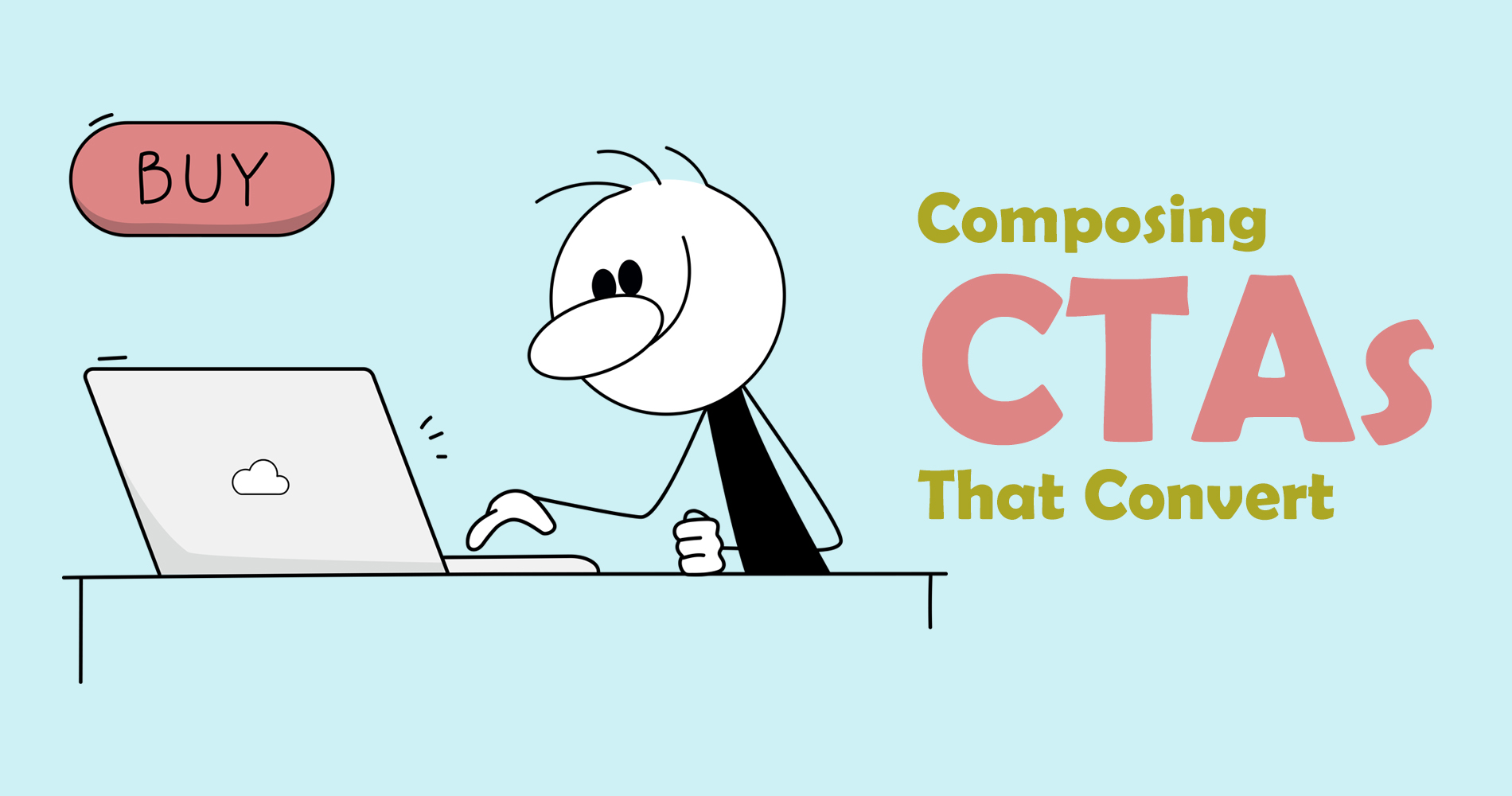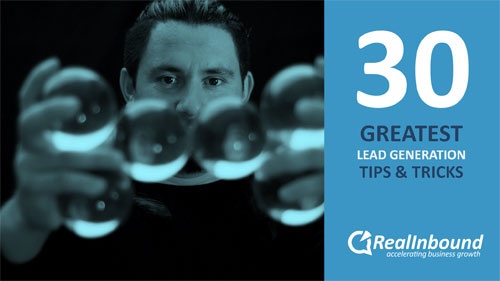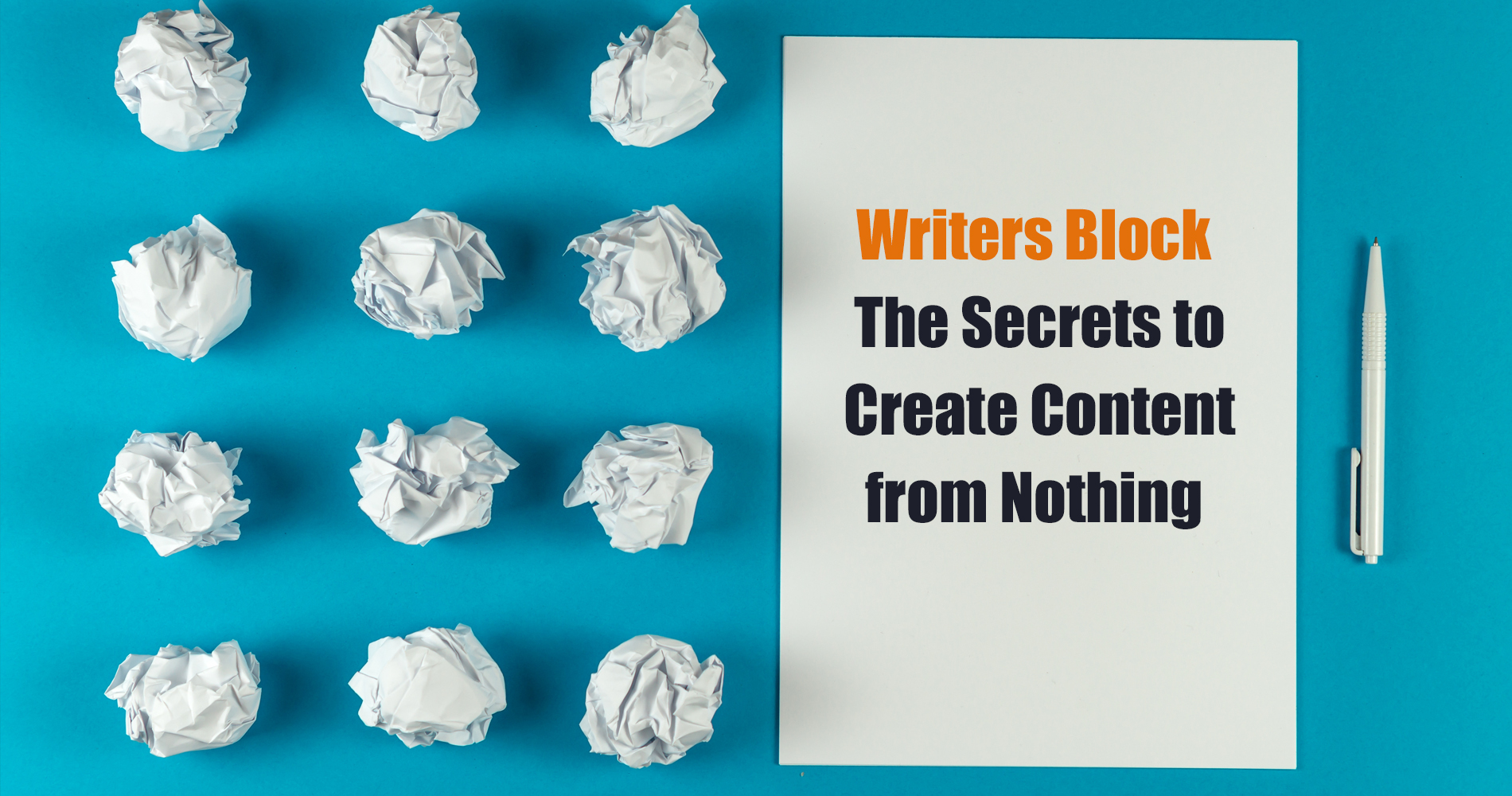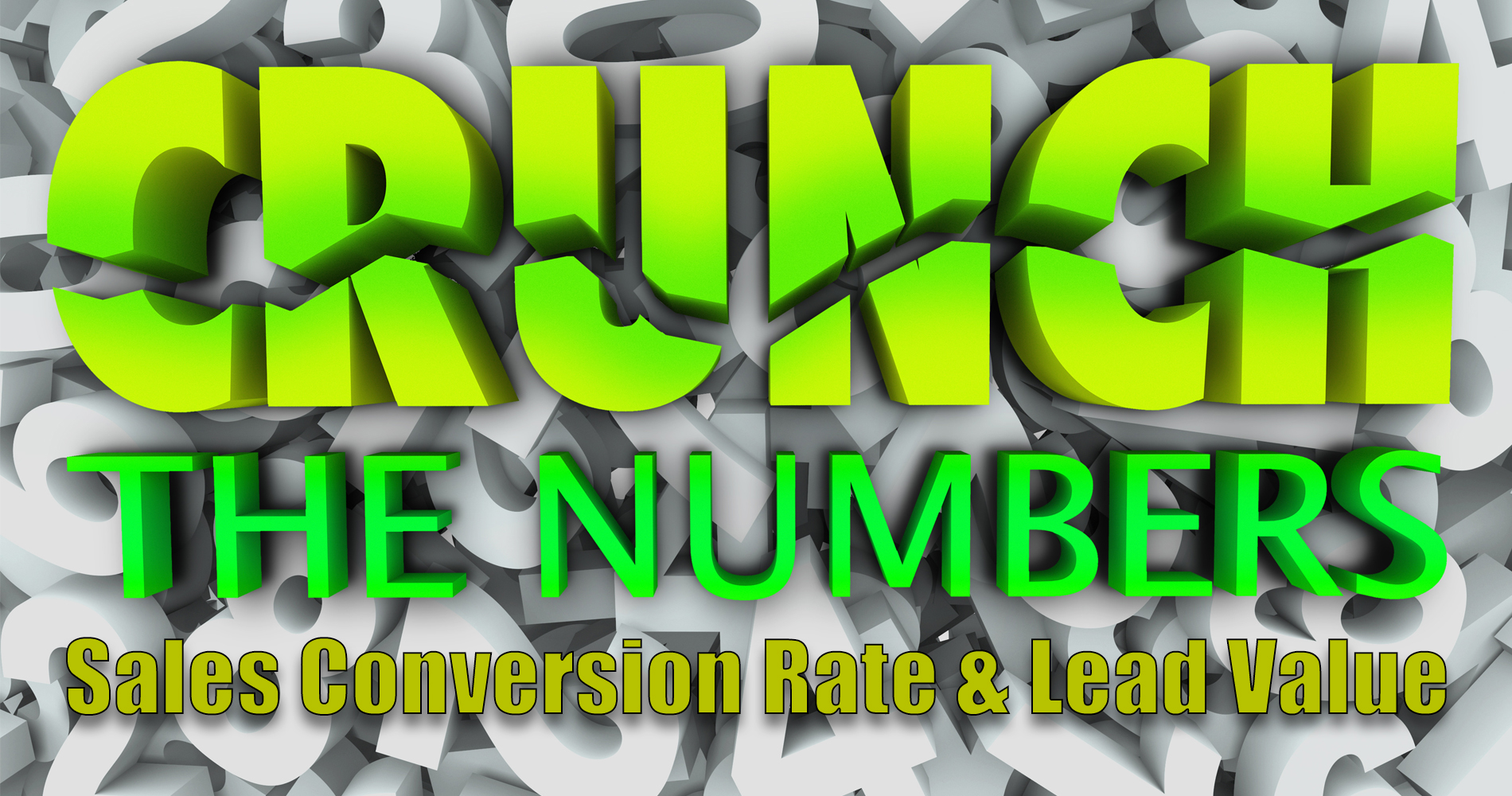Successful inbound marketers know that you have to strategically plan content creation with a very clear-cut goal in mind. There is no point in creating content for the sake of it: it must be relevant, encourage engagement and lead to conversion or you are wasting your time! Great marketers know that the best way to encourage customers to take action or convert is through calls to action. Every piece of content should aim at encouraging the purchase or sign-up. If everyone knows why they are sharing and linking to something, they can more easily ensure people will follow through!
How Do CTAs Work in Content?
A call to action gives people an incentive to take a certain action. For example, the "Buy Now" CTA button on an online site gives customers an incentive to buy something for sale at that moment only. The CTA can include text or graphics, placed at the bottom of the page or in their boxes.
Different CTAs are used for different types of content, based on the actions you want your users to take, the purpose, and the type of content itself. Each CTA shares five traits, however. These are:
- Specific
- Clear
- Informative
- Predictive
- Contextual
Clear And Specific Calls to Action Are More Trusted
Certain CTAs work better than others depending on what the purpose of the CTA is and how it matches up with the rest of your site. If you're trying to get a user to subscribe to your newsletter, a more specific call-to-action might convert better - like a "Subscribe to Our Newsletter" rather than "Get in Touch."
Making sure that your CTAs are as bold, descriptive, and specific as they can be will not only help you boost click-through rates but also improve conversion rates. One of the biggest mistakes entrepreneurs make is that they use overly vague CTAs because it “matches the tone” of their brand or website. While this may increase traffic at first by making the page more attractive to read, when a user lands on the page and views your call-to-action button, they want to know exactly what they’ll receive and what will happen when they click. Style doesn't trump substance! You must be able to balance content style (tone/feel) with user substance (what users get upon clicking).
As we learn about the world of online trickery and deception, we become more skeptical – it’s human nature. But when you reassure people with transparency and make sure that potential customers have all the necessary information to be able to trust your company and its service or product, then you can relax knowing that they are likely to click on your CTA.
Deliver Value Right from The Start
Inbound marketing is a strategy that allows us to generate leads without interrupting the customer's focus with sales pitches. Therefore, we create content that informs and engages our audience through highlighting the value of our products/services to an already engaged audience who has thus far been providing us feedback rather than turning away from marked up offers.
If people are too pushy when selling their wares, this can feel inappropriate or even alienate some potential clients. Instead, we want to show value to the user with text and images that not only explain why they should interact with our brand but also encourage them to do so without feeling overloaded by an exhausting sales pitch designed just to make us that sale at all costs! Giving value before asking for it and being more hands-off is a better way of getting visitors at every level to consider working with us in the future.
Proactive CTAs Lead to A Higher Click-Through Rates
A CTA (call to action) is essentially a mission statement for your content. It's what you want your reader to do. You can use CTAs to encourage readers to subscribe to your email list, take a particular action, or even make a purchase. By adding CTAs to your content, you can help increase the number of people who engage with your content. CTAs can be powerful tools, but you have to be careful. It's important to provide a clear description of what a reader can expect if they click. You don't want them to end up on a dead link or in a place that doesn't help them. CTAs must be relevant to your topic for them to be effective.
Incorporate actionable verbs to provoke people into taking the intended action. Words like 'proceed', 'download', and 'request', give people a sense of control. Reinforce the positive emotions over the negative ones as a way to encourage these actions. Open-ended questions are an excellent way to do this.
Contextual CTAs Are the Best
HubSpot CMS enables you to add CTAs to your content. You can add one CTA for your campaigns, which is nice, but we don't like it that much because you're using one call-to-action on all of your content. We know that not all of your content is relevant for that specific call-to-action, which is unfortunate, because you may be leaving value (and conversions) on the table. Instead of a general CTA, think about where it should go and prioritise providing users with content, they will engage with by adding the appropriate call-to-action.
If you're trying to drive conversions through your copy, it's important to make sure that your calls to action are relevant and specific to your readers. Generic CTAs may not get as much attention as highly relevant one. You have to ask yourself where your CTA will best suit your content and make sure that these elements of your copy are working in tandem towards the ultimate goal of increasing sales for example. Making this text read like an instruction manual can help you get more clicks - even if they don't know what they're doing!
Additional Considerations
Psychology plays a big part in marketing. There are clearly defined and widely used marketing strategies and tactics that are used today whose sole purpose is to influence people's emotions and feelings. This includes creating FOMO, removing risk, and using colors like green, red, or yellow on the page to convey certain emotional reactions from a person.
What Is the Best Place to Put CTAs In Content?
It is our opinion that a CTA should be placed at the end of a blog post. The best part about this strategy is that it's not intrusive. We always place our CTAs at the bottom because we want users to focus on the most important parts at first-least important content can come last, but it will get no less of their attention than CTA mentions. We make sure all information has been covered because content by its nature should lead readers to action through inbound marketing and with concise content, you're making certain these experiences lead straight to conversion zones.
As a rule, you cannot simply create content for the sake of it. Your content needs to resolve customer queries and questions as well as improve SEO. Along with visitors to your site, CTAs act as critical links between top-of-funnel content and conversion points in inbound marketing so without one customer won't even know you're there!





